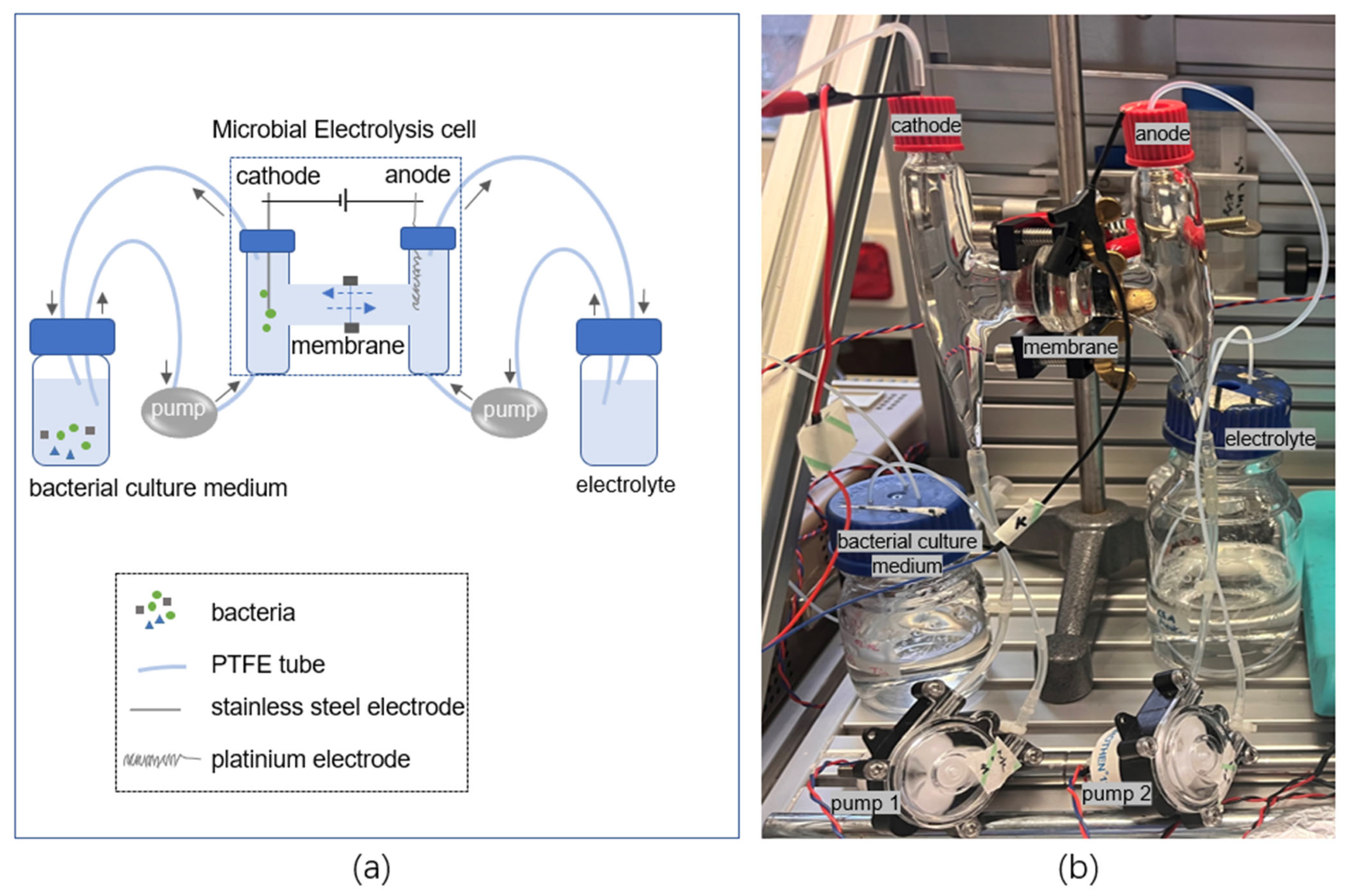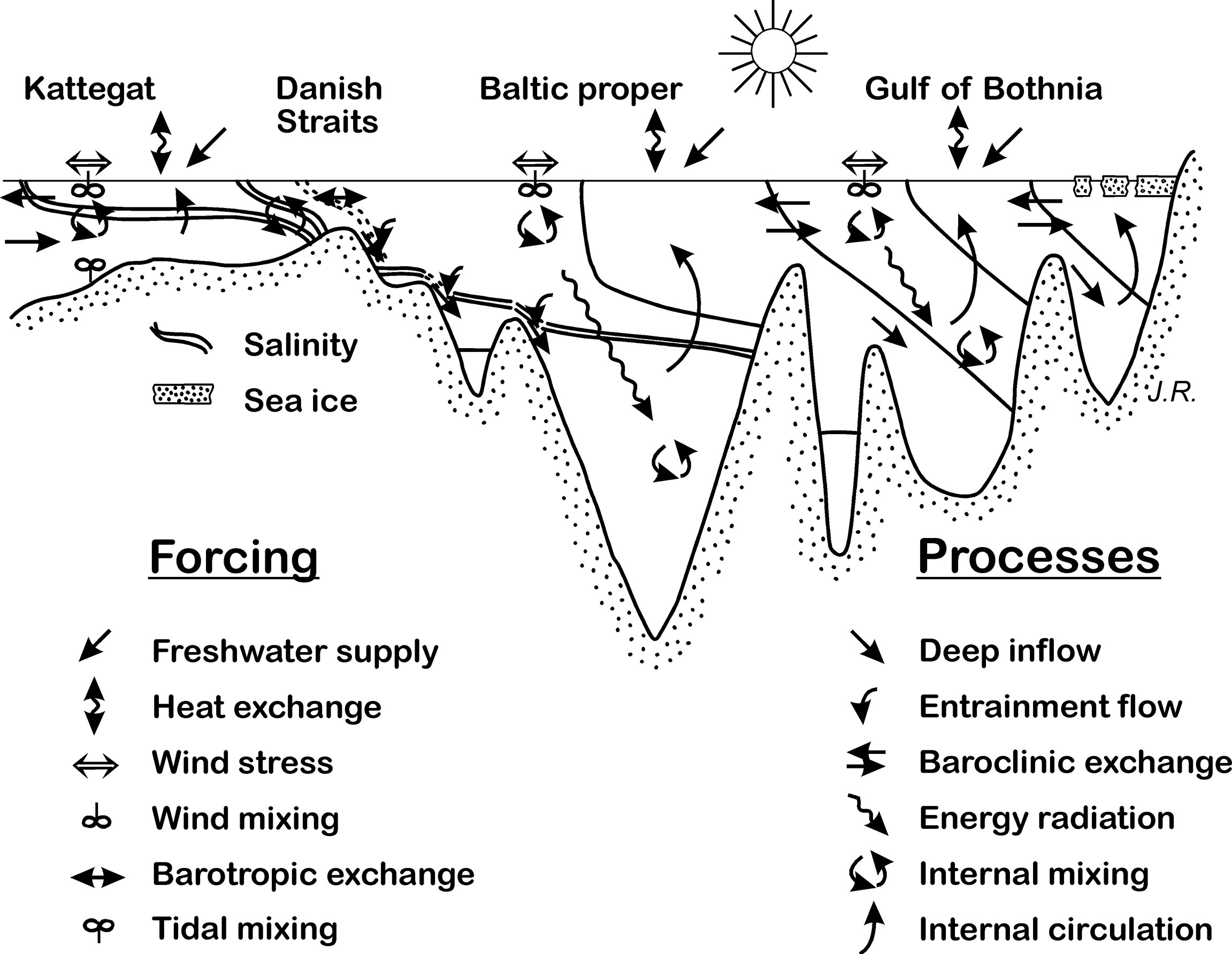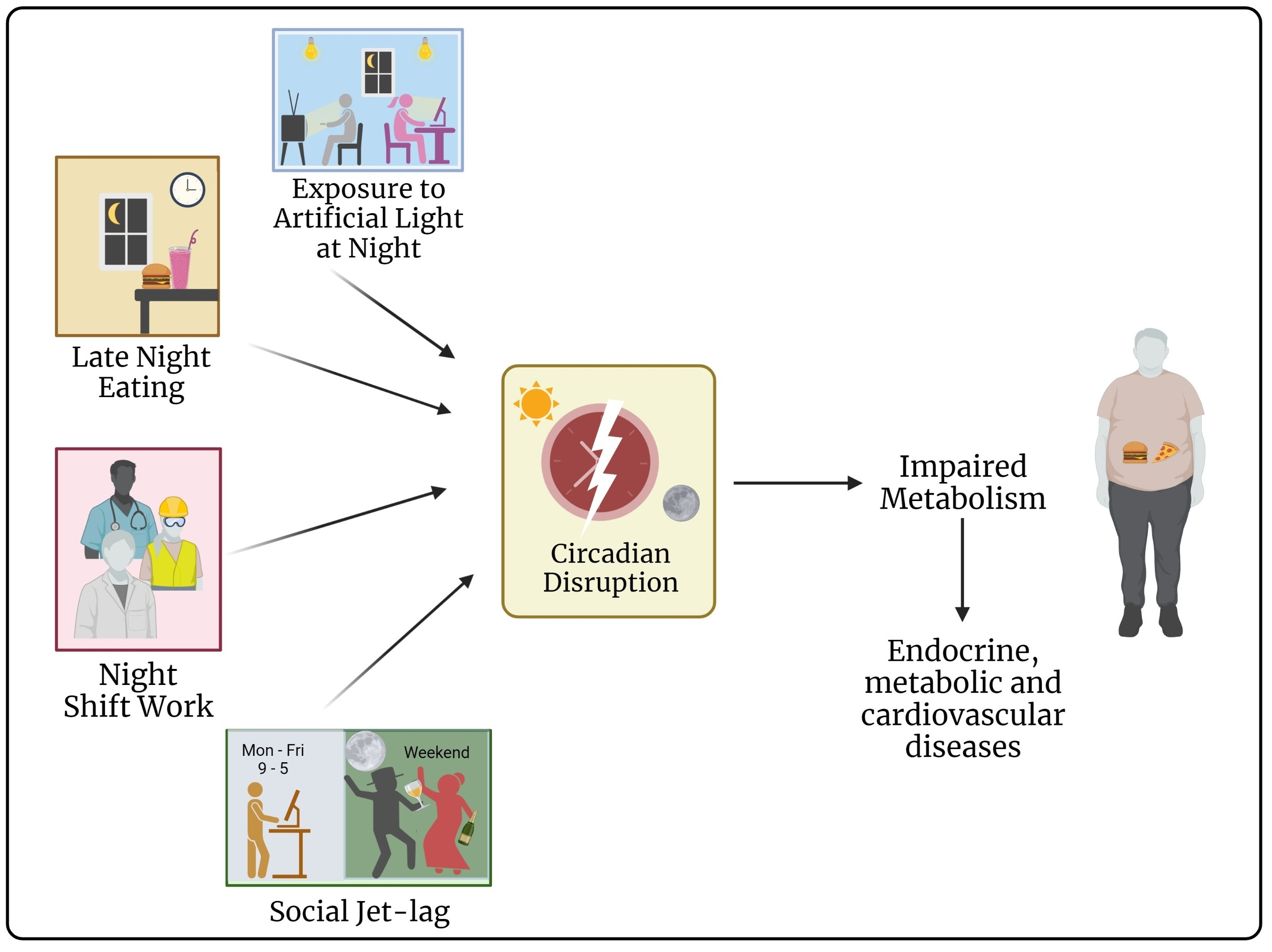Environments, Free Full-Text
$ 13.99 · 5 (697) · In stock

Cathode-associated microbial communities (caMCs) are the functional key elements in the conversion of excess electrical energy into biomass. In this study, we investigated the development of electrochemical caMCs based on two-chamber microbial electrolytic cells (MECs) after optimization of media composition. Microbial communities obtained from a historical soil sample were inoculated into the cathode chamber of MECs. The inorganic medium with (A) carbon dioxide in air or (B) 100 mM sodium bicarbonate as carbon source was used in the absence of any organic carbon source. After 12 days of operation, the experimental results showed that (1) the bacterial community in group B exhibited lush growth and (2) a single strain TX168 Epilithonimonas bovis isolated from group A indicated electrochemical activity and synthesized large volumes of biomass using sodium bicarbonate. We also analyzed the caMCs of the MECs and reference samples without electro-cultivation using 16S rRNA gene sequencing. The results showed that the caMCs of MECs in groups A and B were dominated by the genera Acinetobacter and Pseudomonas. The caMCs were further inoculated and cultured on different agars to isolate specific electroactive bacterial strains. Overall, our study highlights the possibility of converting excess energy into biomass by electro-cultivation and the importance of selecting appropriate media to enrich specific microbial communities and single strains in MECs.

Top 10 Free Virtual Learning Environments

LASAN's Earth Day LA 2023 at Hyperion

A Coastal Environment At A Local Scale, Assess The, 46% OFF

FREE Littering Reading Comprehension Human Impact on the Environment Earth Day
Multi Criteria Decision Analysis Mcda In Excel Objective Decisions

Environments, Free Full-Text

Systematic Review Of Light Exposure Impact On Human Circadian Rhythm Flash Sales

Making Sure Your Cleaning Doesn't Effect the Environment

Microsoft Sentinel Fundamentals Course with Free Lab, by Andre Camillo, CISSP, Microsoft Azure